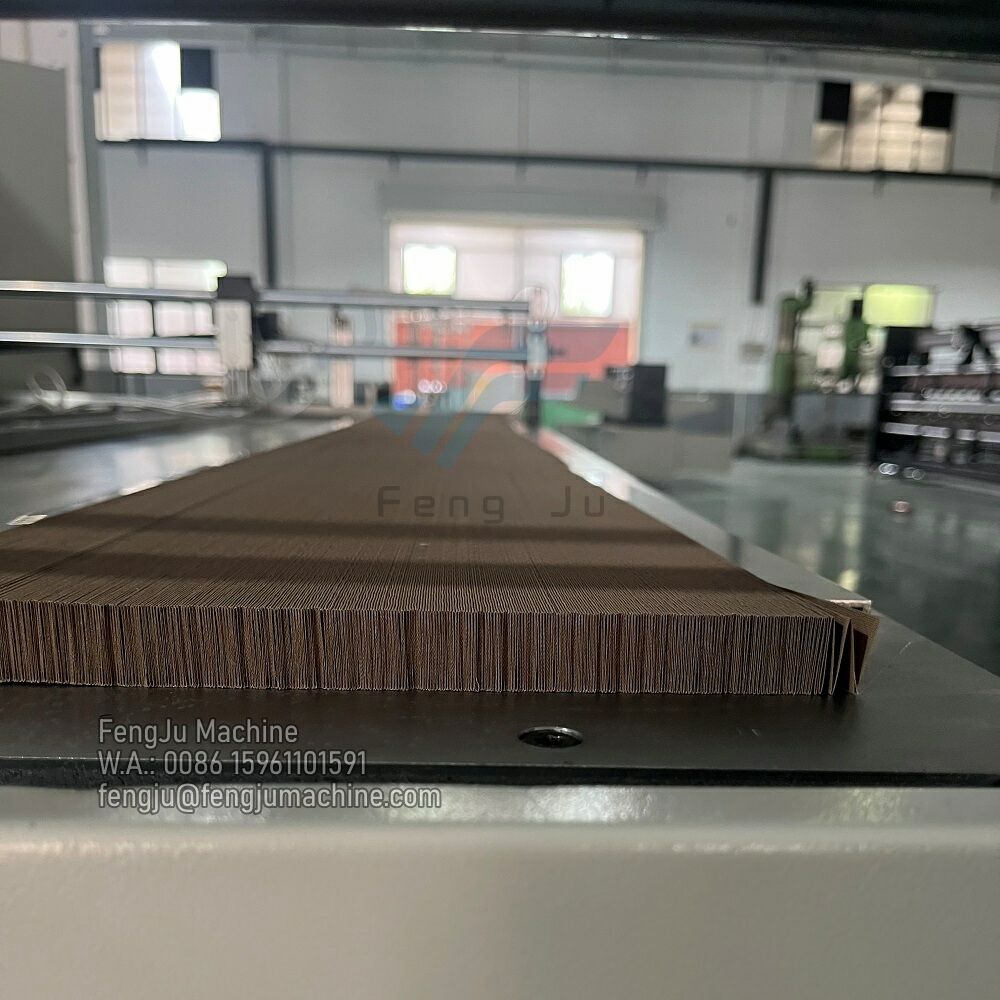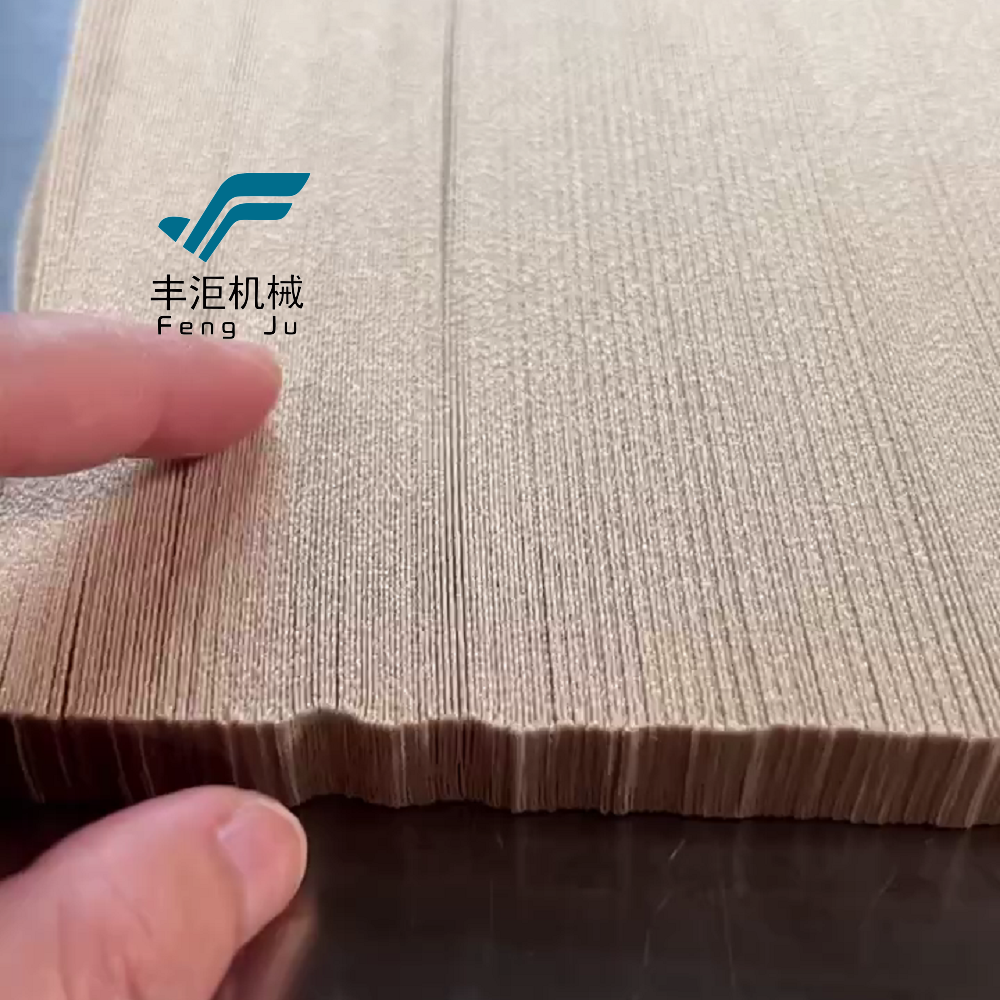Understanding the Evolution of Modern Pleating Technology
The textile industry has witnessed remarkable advancements in pleating technology over the years, with pleating machines emerging as game-changers in fabric manipulation. These sophisticated devices have revolutionized how manufacturers approach fabric folding, offering unprecedented precision and consistency in creating pleats. From fashion houses to industrial textile producers, pleating machines have become indispensable tools for achieving professional-grade fold quality.
Modern pleating machines combine mechanical innovation with digital control systems, enabling manufacturers to produce intricate pleat patterns with remarkable accuracy. The technology behind these machines has evolved from basic mechanical folders to smart systems that can handle various fabric types while maintaining exceptional fold quality throughout production runs.
Core Components and Operational Mechanisms
Essential Machine Elements
At the heart of every pleating machine lies a series of precision-engineered components working in harmony. The feeding mechanism ensures smooth fabric introduction, while the pleating blade system creates consistent folds with exact measurements. Temperature-controlled pressing plates help set the pleats permanently, while tension control systems maintain fabric stability throughout the process.
Advanced pleating machines incorporate servo motors and computerized controls, allowing operators to adjust parameters such as pleat depth, spacing, and pressure with microscopic precision. These components work together to eliminate common issues like uneven folds or fabric distortion that often plague manual pleating methods.
Automated Control Systems
Modern pleating machines feature sophisticated control interfaces that enable precise adjustment of operational parameters. These systems monitor and regulate everything from blade movement timing to heat distribution, ensuring each pleat meets exact specifications. The automation extends to pattern memory storage, allowing operators to switch between different pleat styles quickly and consistently.
The integration of smart sensors throughout the machine provides real-time feedback on fabric tension, temperature, and alignment. This continuous monitoring helps maintain optimal conditions for superior fold quality, while also preventing potential issues before they affect the final product.
Enhanced Precision and Consistency
Mechanical Accuracy Advantages
Pleating machines excel in delivering precisely measured and uniform folds across entire fabric lengths. The mechanical systems maintain exact specifications for pleat depth, spacing, and angle, ensuring each fold mirrors the next with mathematical precision. This level of accuracy is simply impossible to achieve through manual pleating methods.
The machines' ability to maintain consistent pressure and alignment throughout the pleating process results in professionally finished products that meet strict quality standards. This mechanical precision also extends to complex patterns and variations, allowing manufacturers to create intricate designs with reliable repeatability.
Quality Control Features
Built-in quality control mechanisms in modern pleating machines continuously monitor the pleating process. Advanced sensors track fabric movement, tension, and positioning, making real-time adjustments to maintain optimal fold quality. These systems can detect and correct minor variations before they develop into visible defects.
Digital monitoring systems provide detailed production data, enabling manufacturers to analyze and optimize their pleating operations. This data-driven approach helps identify potential improvements and maintain consistent quality standards across large production runs.

Material Handling Capabilities
Fabric Type Versatility
Modern pleating machines are designed to handle a wide range of fabric types and weights. From delicate silks to heavy upholstery materials, these machines can adjust their operations to accommodate different textile characteristics. The ability to fine-tune pressure, temperature, and speed settings ensures optimal results regardless of material composition.
Advanced fabric handling systems prevent common issues like stretching, marking, or distortion during the pleating process. This versatility allows manufacturers to expand their product offerings while maintaining consistent quality across different materials.
Temperature and Pressure Control
Precise temperature control systems in pleating machines ensure proper heat distribution for setting pleats permanently. Different fabrics require specific temperature ranges for optimal results, and modern machines can maintain these exact conditions throughout the production run. The combination of controlled heat and pressure helps create durable, well-defined pleats that retain their shape.
Variable pressure settings allow operators to adjust the force applied during pleating, preventing damage to delicate fabrics while ensuring sufficient pressure for proper pleat formation. This level of control helps achieve optimal fold quality across different material types and thicknesses.
Production Efficiency and Output Quality
Speed and Throughput Benefits
Pleating machines significantly increase production efficiency compared to manual methods. Their high-speed operation can process large volumes of fabric while maintaining consistent fold quality. The automated systems reduce setup time between different pleat patterns, minimizing production downtime and maximizing output.
The combination of speed and precision results in higher production rates with fewer rejected pieces. This efficiency translates to better resource utilization and improved cost-effectiveness in textile manufacturing operations.
Cost-Efficiency Improvements
While the initial investment in a pleating machine may be substantial, the long-term cost benefits are significant. Reduced labor requirements, minimal material waste, and consistent quality output contribute to improved operational efficiency. The machines' ability to maintain precise fold quality reduces the need for rework or replacements, further enhancing cost savings.
The durability and reliability of modern pleating machines, combined with their high production capacity, provide excellent return on investment for textile manufacturers. Regular maintenance and proper operation ensure these benefits continue throughout the machine's operational life.
Frequently Asked Questions
What maintenance is required for optimal pleating machine performance?
Regular maintenance includes cleaning the pleating blades, checking alignment systems, calibrating temperature controls, and lubricating moving parts. Following manufacturer-recommended maintenance schedules helps ensure consistent fold quality and extends machine life.
How do pleating machines handle different fabric thicknesses?
Pleating machines feature adjustable pressure settings and specialized blade configurations that can accommodate various fabric thicknesses. Operators can modify settings for optimal results with different materials, ensuring consistent fold quality across diverse textile types.
Can pleating machines create custom pleat patterns?
Modern pleating machines often include programmable controls that allow for custom pleat patterns. Manufacturers can store multiple pattern configurations in the machine's memory and switch between them easily, enabling diverse product offerings while maintaining consistent quality.

